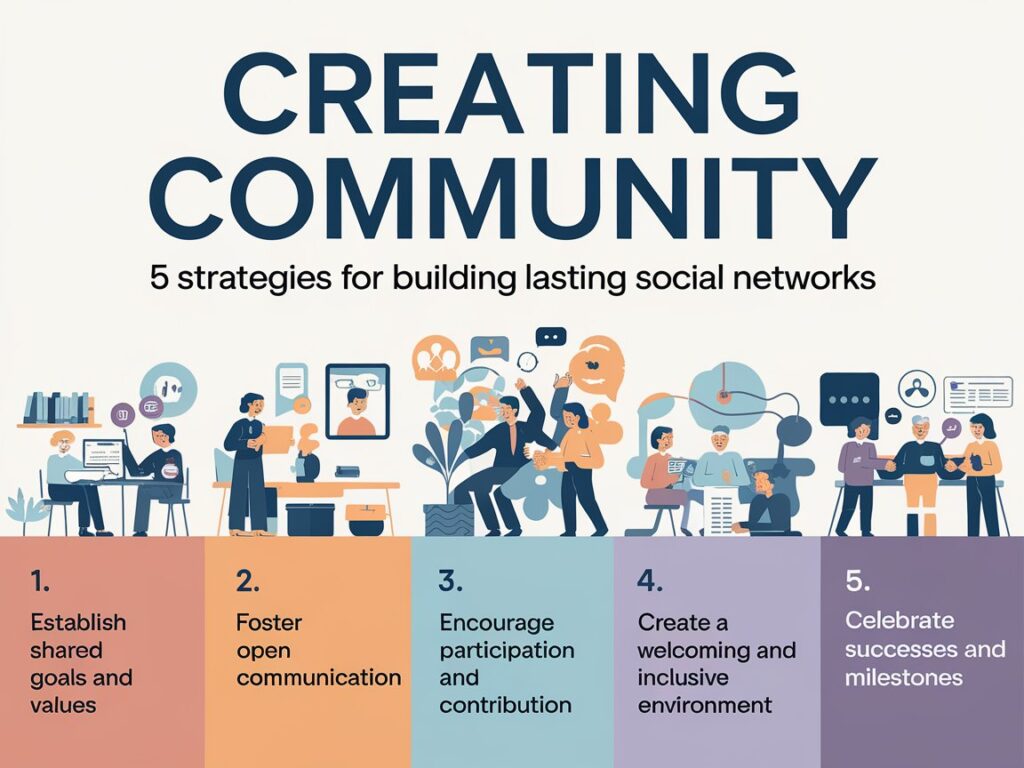Where Inspiration Meets Everyday Living!
Welcome to Life Keep Up
we inspire the modern lifestyle with creative tips, wellness insights, and daily motivation.
Knowledge Tec
Utilize tech to enhance insights and drive innovation.
Leverage knowledge tech for informed decisions and innovation.
Best Society
Exploring the dynamics of personal connections today
Society influences relationships
Exploring the dynamics of personal connections today.
shaping connections and interactions.
Society influences relationships by shaping connections and interactions.
Creating an Effective Daily Life Routine
Start your Life today
Discover the key components of a balanced daily routine that promotes productivity, well-being, and personal growth. Establishing a structured daily life routine can help you manage time effectively, enhance focus, and prioritize self-care.
Start your Health and Beauty care today
Trends and innovations in self-care and wellness.
Discover how contemporary practices prioritize a holistic approach to health and beauty, integrating body, mind, and spirit for overall well-being.
Emphasizing natural ingredients, mindfulness, and personalized care routines, modern approaches empower individuals to enhance their self-care while fostering a deep connection between health and beauty. Prioritize your well-being today and experience the transformative effects of holistic practices that nourish both your inner and outer self.
What You Will Learn?
Discover the latest trends and innovations in self-care and wellness for a healthier, more radiant you.
Modern methods focus on comprehensive wellness through balanced health and beauty care strategies.
Stay ahead with innovative strategies for business growth.
Start your Business today
Explore effective strategies and innovations to enhance business performance and drive growth in today’s competitive landscape.

Harnessing Technology: 5 Tools to Enhance Customer Interaction
In today’s fast-paced digital landscape, customer interaction has become a critical factor in determining business success. Consumers have more choices than ever, making it imperative for businesses to not only attract customers but also build lasting relationships with them. Leveraging technology can significantly enhance the quality of these interactions, ultimately leading to increased customer satisfaction,…

Funding Your Vision: 7 Step-by-Step Guide to Securing Capital
Securing capital is a critical step in turning your startup dream into reality. For many entrepreneurs, the challenge lies in knowing where to start and how to approach the funding process. This guide outlines seven essential steps that can help you navigate the world of startup financing with confidence and clarity. By following these strategies,…

10 Proven Ways to Secure Startup Funding and Grow Your Business
Securing funding is one of the most critical challenges for any startup. Without sufficient capital, it can be difficult to bring your idea to life, scale your business, or sustain operations in the early stages. Fortunately, there are multiple strategies available to raise funds, each suited to different business models, growth stages, and funding needs….


















